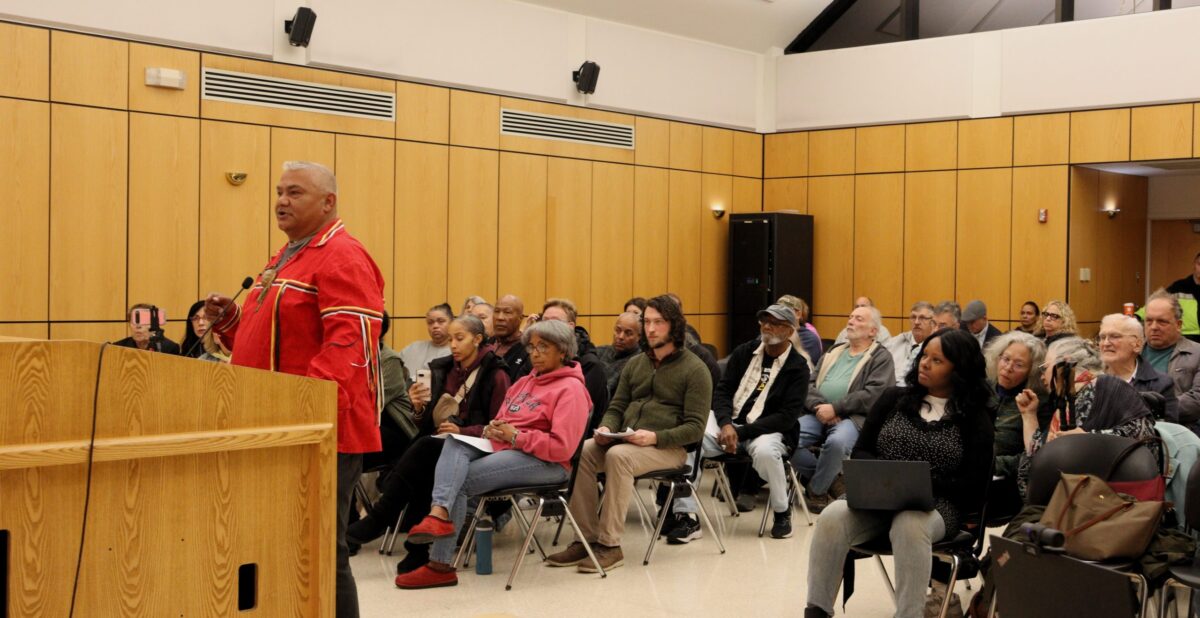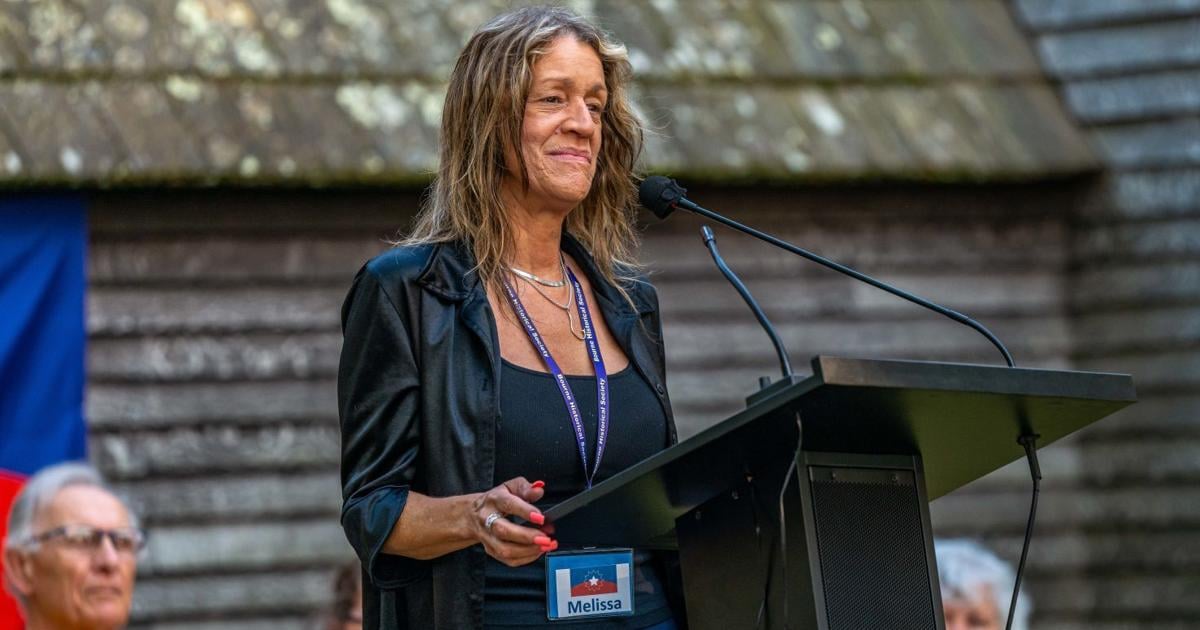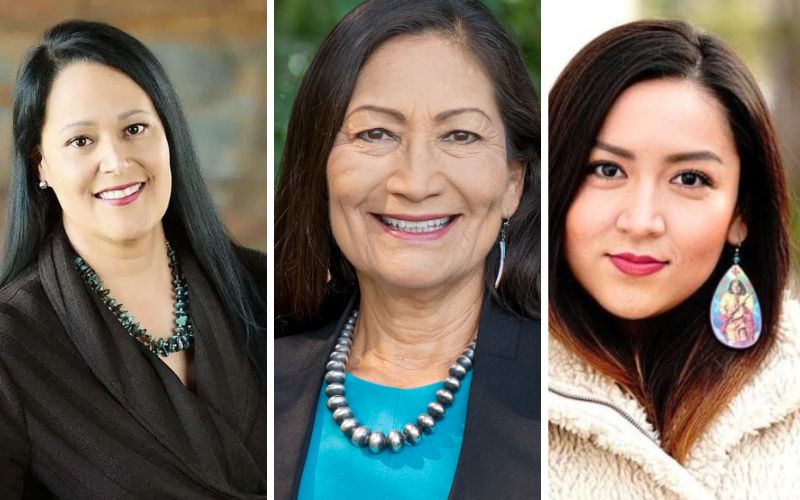Among the stalls of Indigenous artwork and a storytelling booth at the Rappahannock Tribe Pow Wow, Kayla Locklear and her seven-year-old daughter Hanna sit under a canopy at a table with boxes of crayons and a stack of illustrations for kids to take and color. There is an ear of corn, a cucumber, a stream and a bird. But there’s something under the illustrations that catch the eye and your phone.
“QR codes so that they can listen to the words in our Powhatan Algonquian language,” Locklear points out.
While parents struggle to get kids off their phones and into tribal activities, the QR codes are a way to redirect kids to learn about their cultures and their language.
“That’s the good thing about it,” Locklear says. “The parents can get involved. So, they take these sheets with them and then they can listen to it and practice and get more familiar.”
Locklear is a citizen of the Chickahominy Tribe and their language program manager. Her Tribe is part of a group of eight state and federally-recognized Tribes in Virginia slowly recovering the Algonquian language their ancestors once spoke. And the program has an Algonquian name.
“Omisun, which means the awakening. One of the things that we really try to get across to our communities is that our language is not dead but it’s just sleeping and we are awakening it.”
How was the language lost?
“As some of our community members from Nansemond said, we are where the boat landed. So, our tribes took a direct hit for Indian country really,” Locklear explains. “To survive, we assimilated. So one of those things was learning English and a loss of a lot of our language. But that’s one of the things that we…



 Kayla Locklear and her 7-year-old daughter Hanna demonstrate using the QR code on coloring pages Algonquian language learning they handed out during the Rappahannock Indian Tribe Pow Wow.
Kayla Locklear and her 7-year-old daughter Hanna demonstrate using the QR code on coloring pages Algonquian language learning they handed out during the Rappahannock Indian Tribe Pow Wow. 




 Details By Kaili Berg November 15, 2024
Details By Kaili Berg November 15, 2024 
